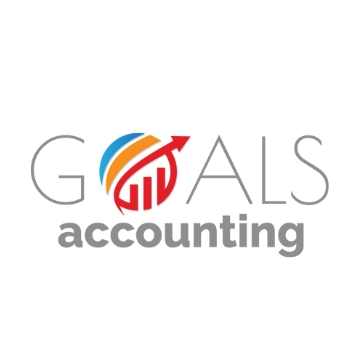Annual report preparation: your roadmap to compliance
An annual report is not just a legal formality; it is a vital document that reflects a company's financial health and operational success. It serves as a comprehensive record for stakeholders, including investors, creditors, and regulatory bodies, to assess the company's performance and strategic direction.
The key components of an annual report include financial statements such as the balance sheet, income statement, and cash flow statement, along with a management discussion and analysis section that provides context and commentary on the financial data.
Preparation Phase: Laying the Groundwork
Preparing accurate financial statements is the cornerstone of the annual report. This involves meticulous record-keeping throughout the year and understanding the financial transactions that need to be reported.
A year-end review is crucial to ensure that all financial activities are accounted for and that the books are in order before the report is compiled.
Creating an internal timeline for the preparation of the annual report is essential to manage the process efficiently and to meet filing deadlines.
Navigating Legal Requirements in Estonia
In Estonia, companies are required to prepare an annual report in accordance with the Commercial Code and submit it to the Commercial Register. Failure to comply can result in penalties.
Annual reports also play a critical role in tax filings. It is important to understand the tax implications of financial reporting to optimize tax obligations and avoid legal issues.
Financial Reporting Standards and Frameworks
Many companies in Estonia that engage in international business adopt IFRS, which provides a common language for financial reporting and ensures comparability of financial information across borders.
For companies operating primarily within Estonia, adhering to EFS is necessary. These standards are tailored to the local economic environment and legal requirements.
Compiling the Report: A Step-by-Step Guide
Organizing financial data in a structured manner is the first step in compiling the annual report. This includes categorizing expenses, revenues, assets, and liabilities.
The MD&A section provides insights into the company's performance, explaining the 'why' behind the numbers and discussing future outlooks.
External audits or internal reviews are necessary to ensure the accuracy and reliability of the financial statements included in the annual report.
Utilizing Technology for Efficient Reporting
Financial reporting software can streamline the preparation process, reduce errors, and save time. It is an investment that can pay off in the efficiency and accuracy of the reporting process.
Digital reporting platforms offer advantages such as real-time data access, collaboration tools, and secure storage of financial documents.
Best Practices for Transparent and Ethical Reporting
Transparency in financial reporting is not just a legal requirement; it builds trust with stakeholders and can enhance the company's reputation.
Adhering to ethical standards in financial reporting is essential to maintain integrity and uphold corporate responsibility.






Comments (0)